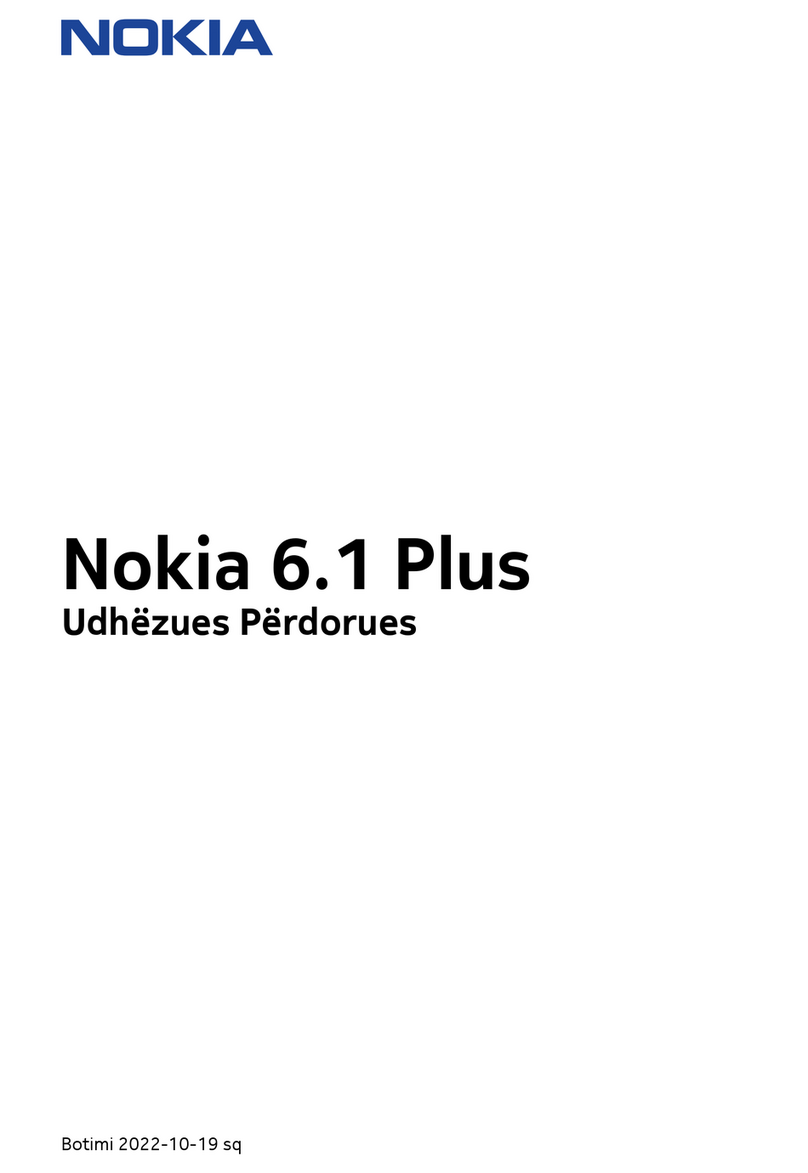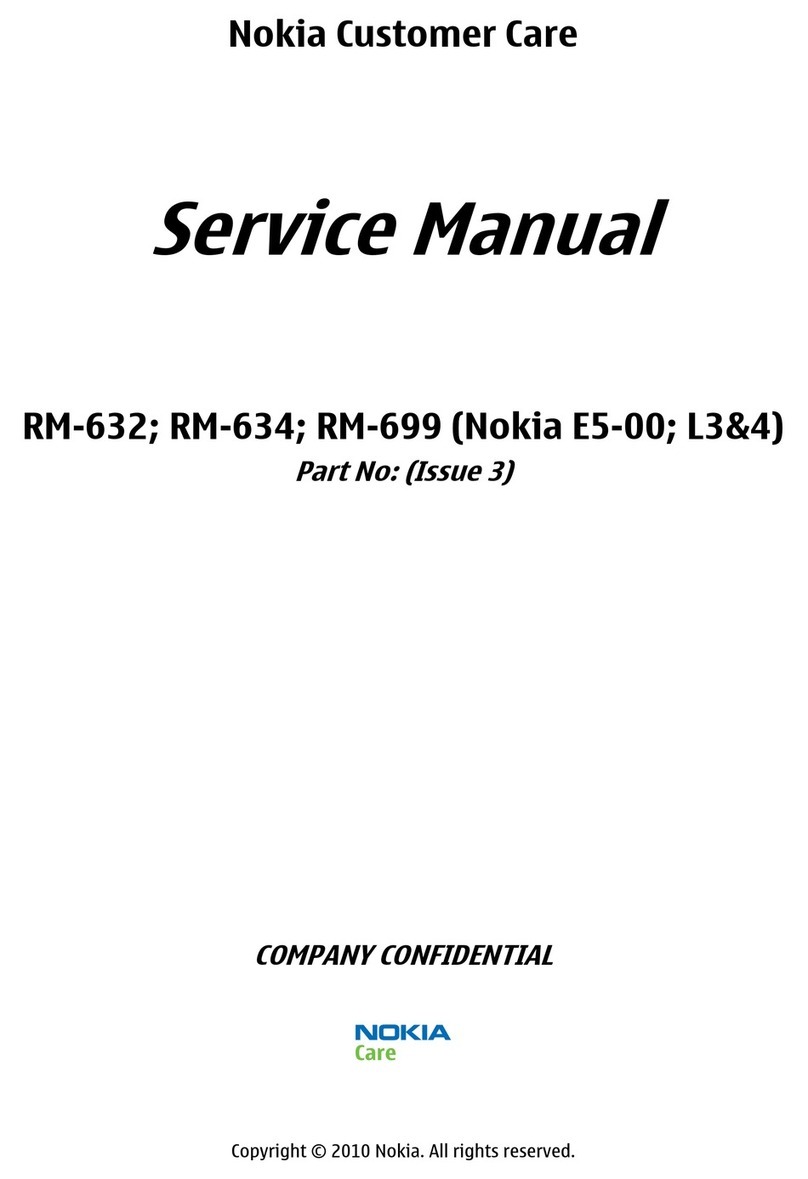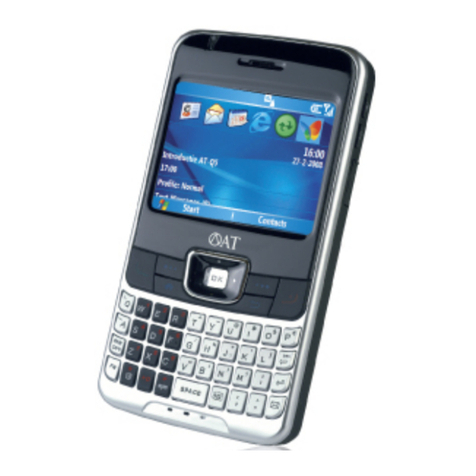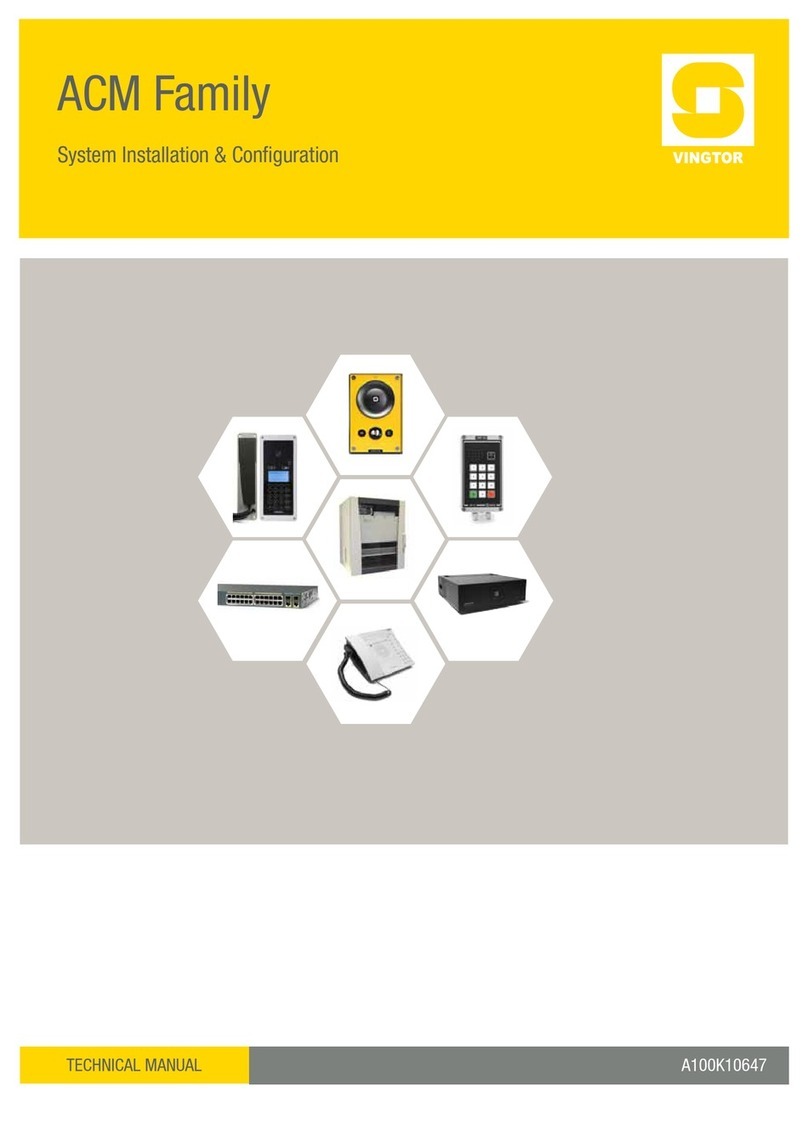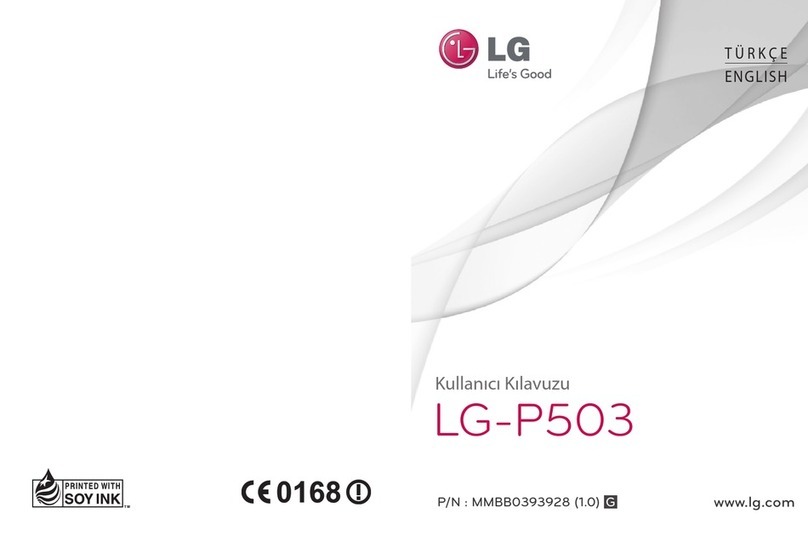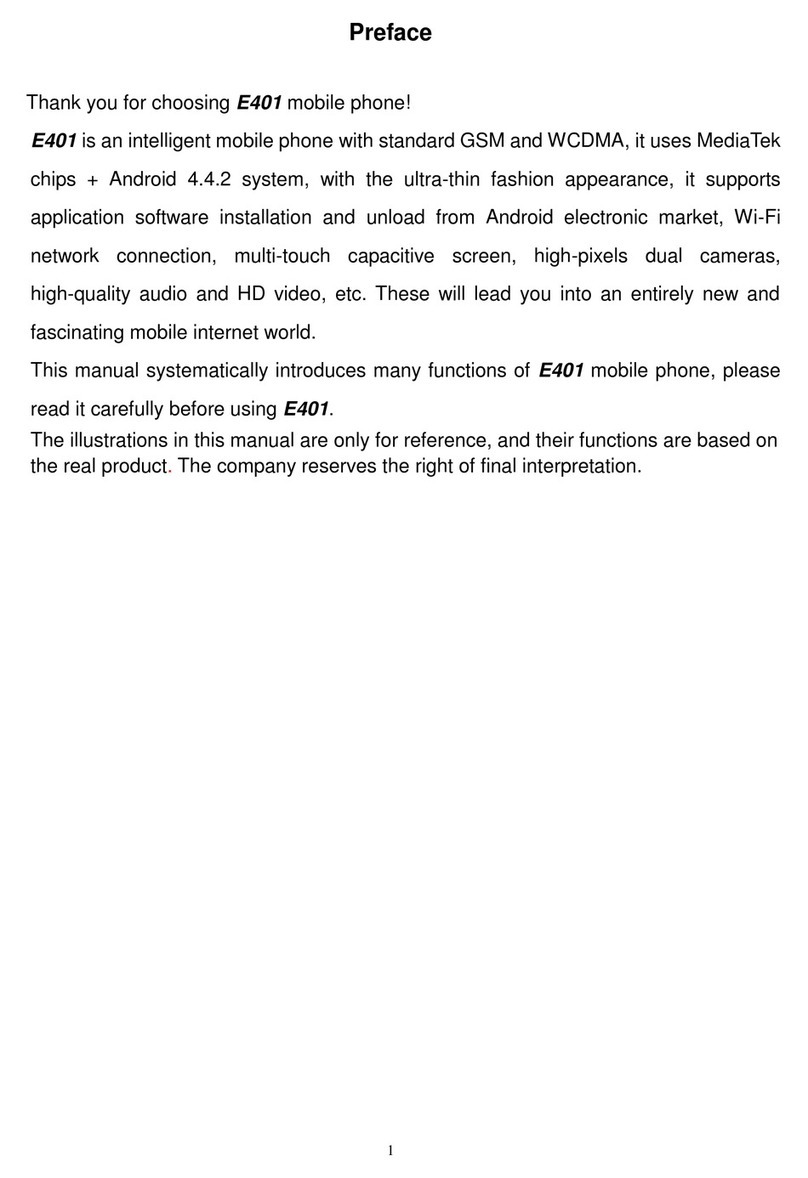Nokia N Series Specification sheet
Other Nokia Cell Phone manuals
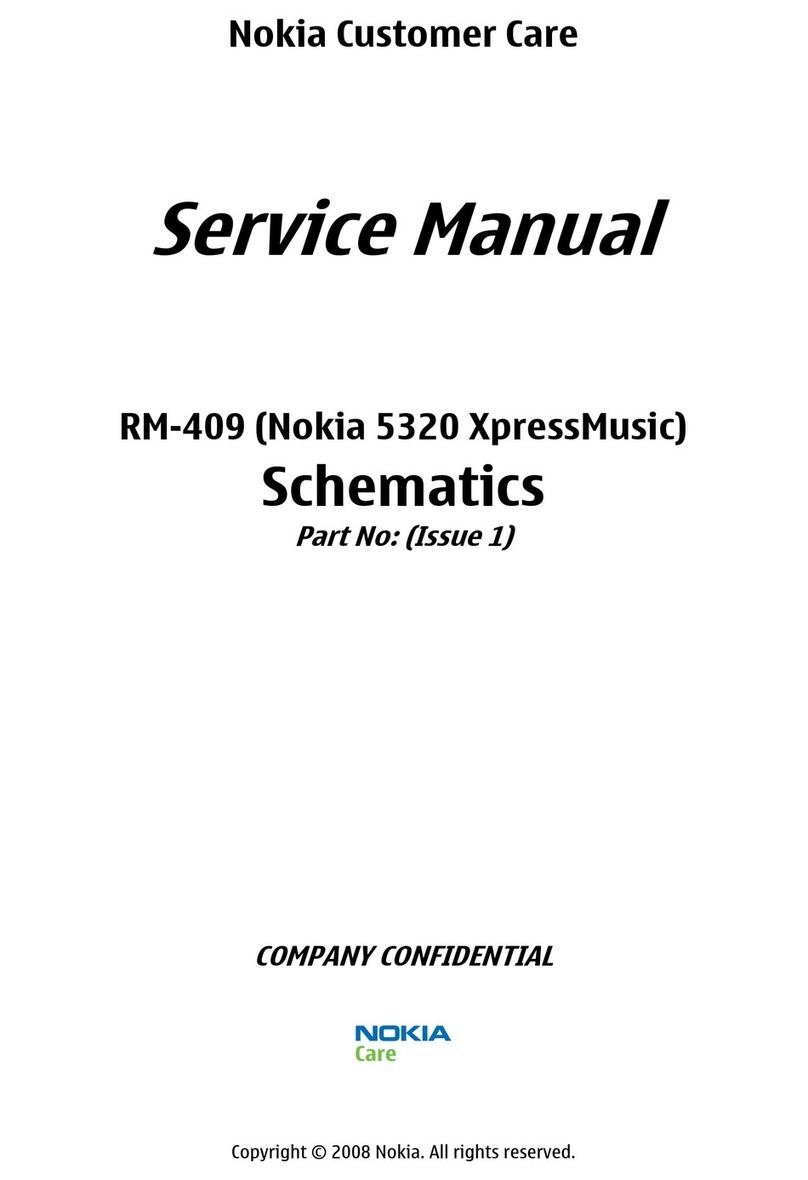
Nokia
Nokia 5320 XpressMusic User manual

Nokia
Nokia X6-00 User manual
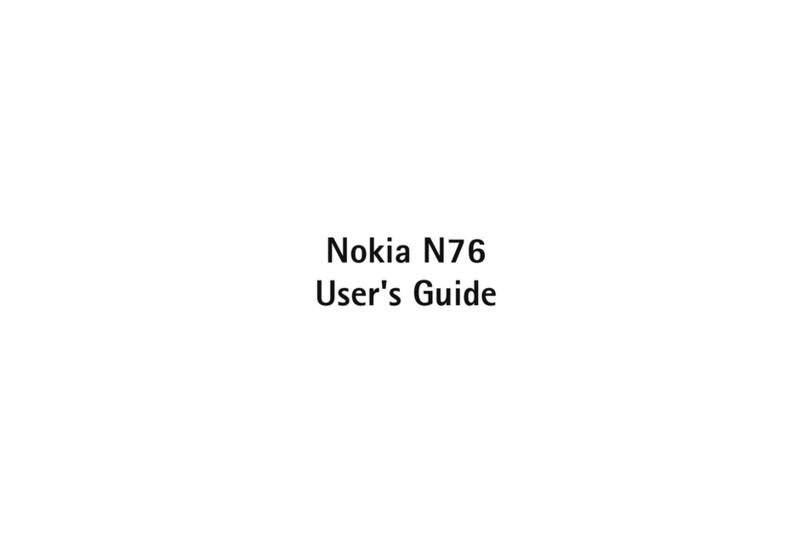
Nokia
Nokia N76 - Smartphone 26 MB User manual
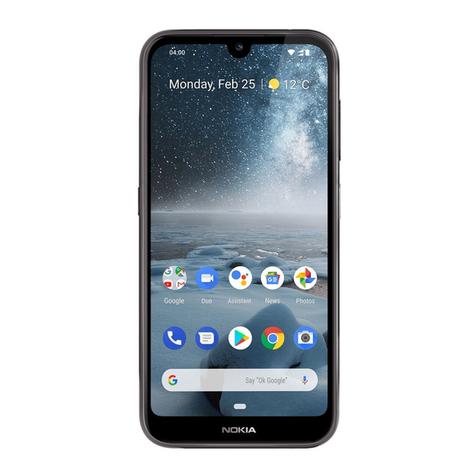
Nokia
Nokia 4.2 User manual
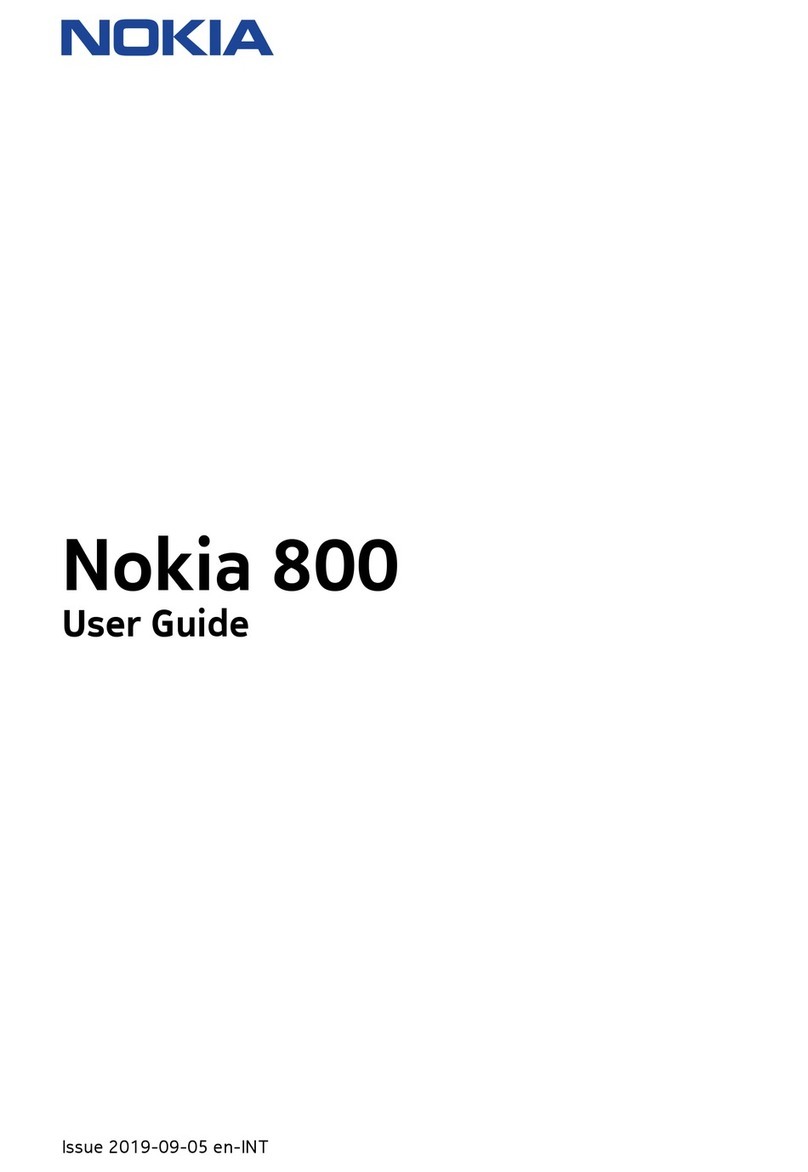
Nokia
Nokia 16CNTB01A04 User manual

Nokia
Nokia 3610 User manual
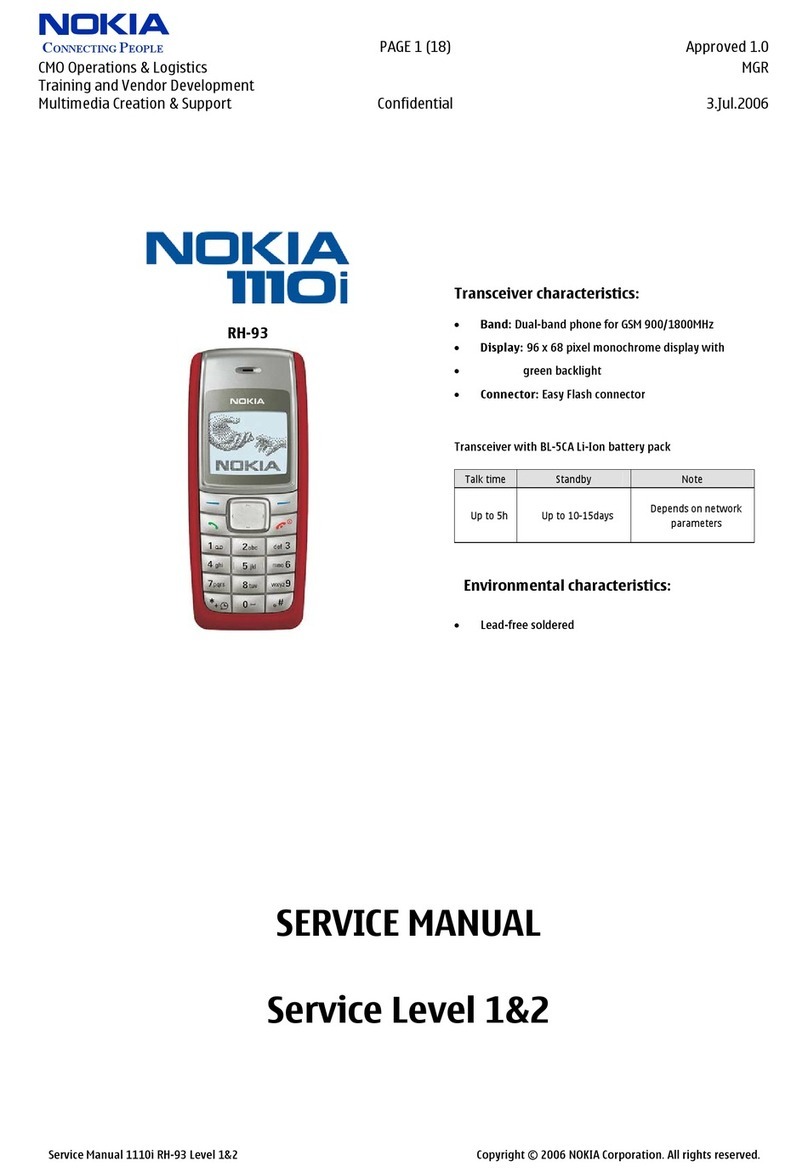
Nokia
Nokia RH-93 User manual
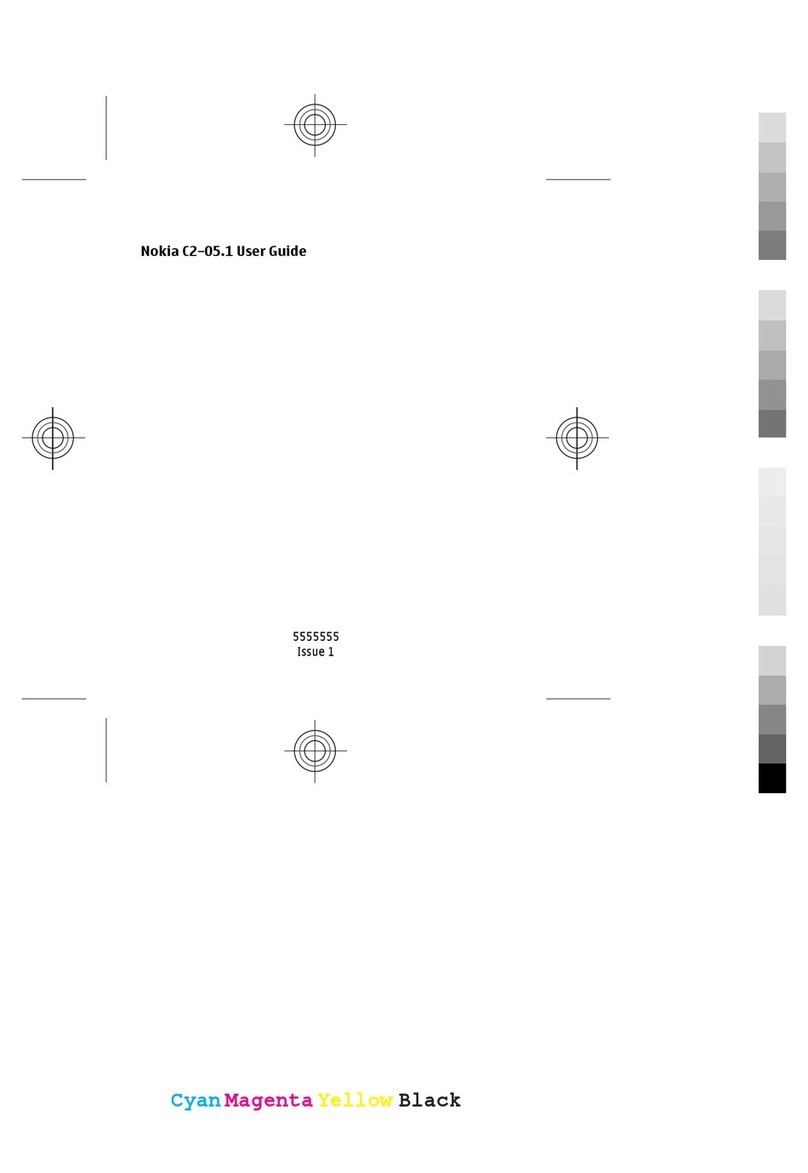
Nokia
Nokia C2-05.1 User manual
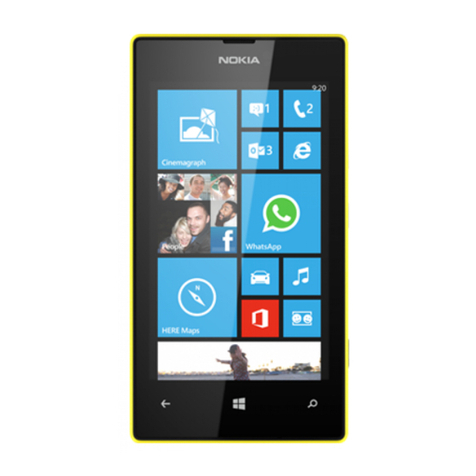
Nokia
Nokia Lumia 520 Quick start guide

Nokia
Nokia N800 - Internet Tablet - OS 2007 User manual

Nokia
Nokia 702T User manual
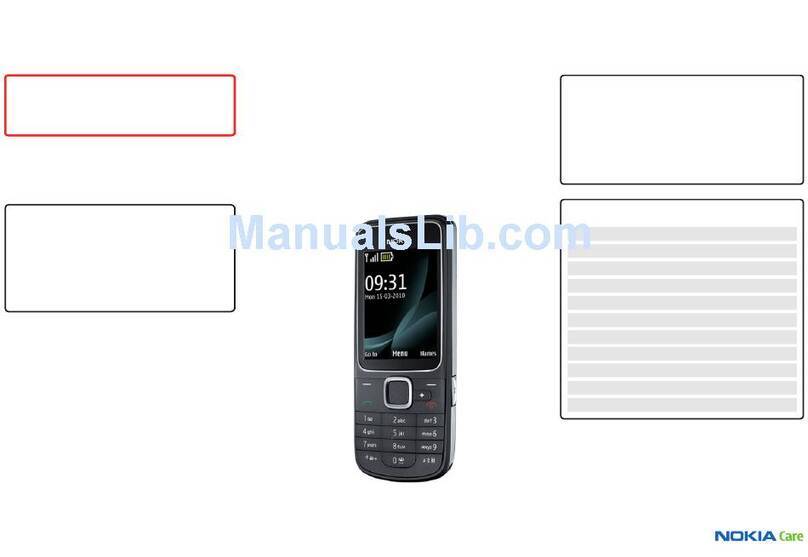
Nokia
Nokia 2710 User manual

Nokia
Nokia 2125i User manual

Nokia
Nokia N76-1 Specification sheet
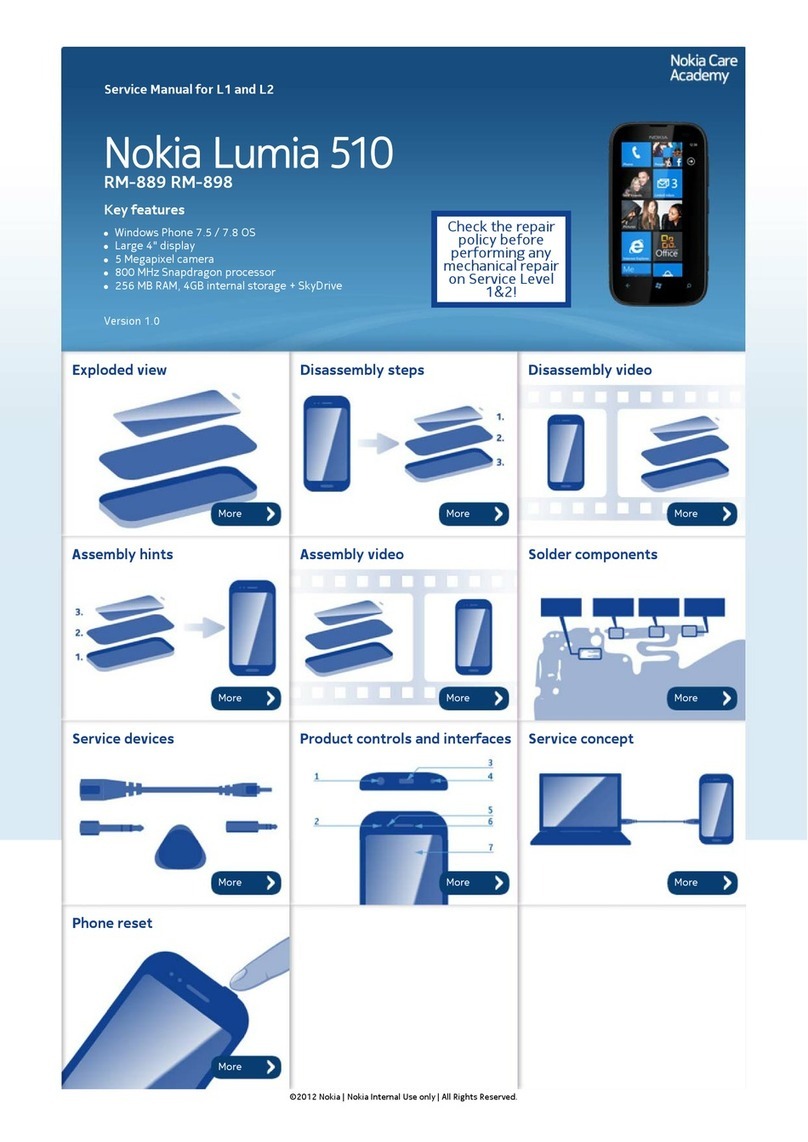
Nokia
Nokia Lumia 510 User manual
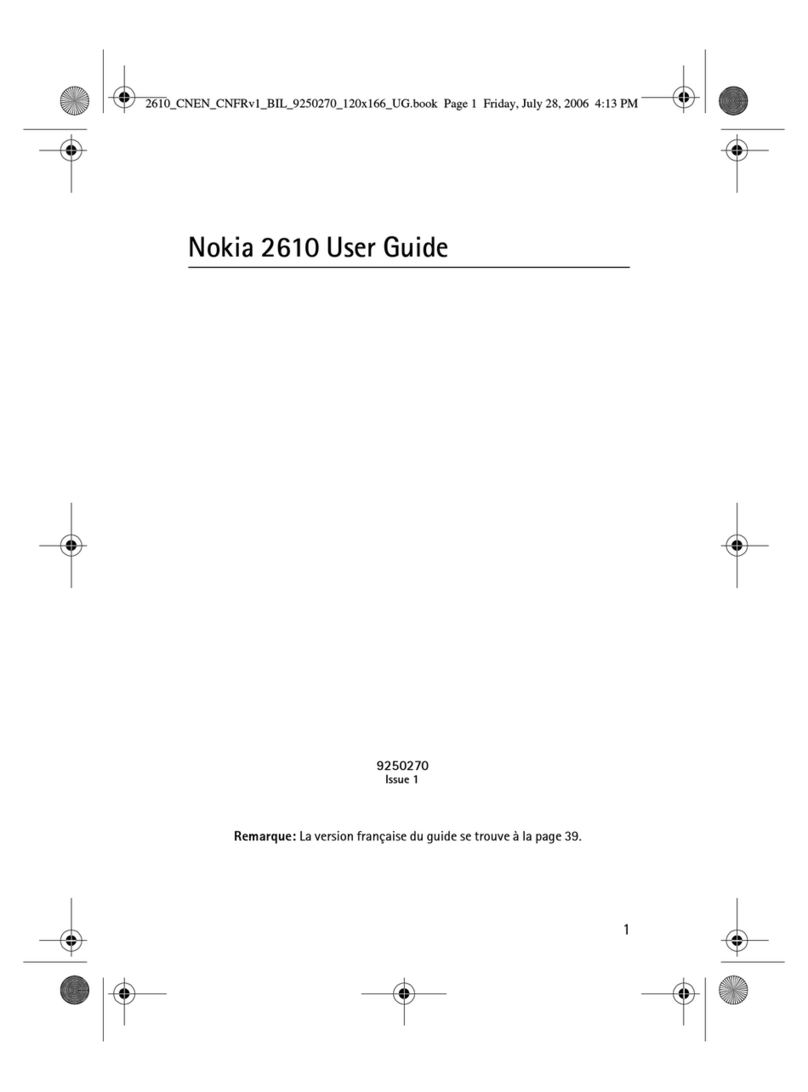
Nokia
Nokia 2610 - Cell Phone 3 MB User manual

Nokia
Nokia 6610i - Cell Phone 4 MB User manual
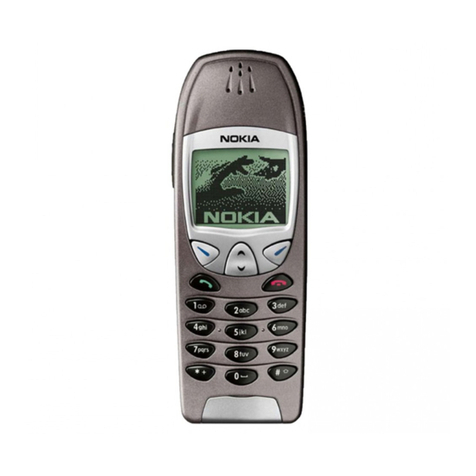
Nokia
Nokia NAVIGATOR 6210 User manual

Nokia
Nokia 6288 - Cell Phone - WCDMA User manual

Nokia
Nokia E61 User manual
